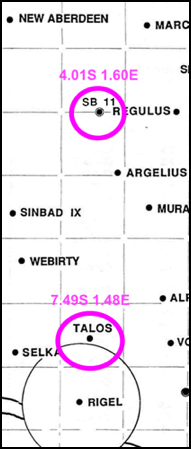It's one aspect I like as well, having the universe feel appropriately "large" for storytelling. In the Battletech RPG universe, they've been reasonably consistent about capital ships having technological limits (most ships can only jump a maximum of roughly 30 light years, and can only make two sequential jumps before recharging if they have a lithium fusion battery) because moving large vessels consumes a huge amount of energy. It takes time for a ship to recharge its batteries via solar sail, and it's not uncommon for many worlds in the Deep Periphery to be highly isolated and have very limited contact (if any) with the major powers. Some areas have simply never been reliably explored, because if something goes wrong on the voyage the crew could be in serious trouble.
Some Periphery worlds also got cut off from any major resources after the Star League fell apart, which was problematic for those planets functioning as experimental laboratories. Some of the sourcebooks offer some interesting player options dealing with such worlds, and even doing unique groups to add a bit of extra spice if they want.
Some Periphery worlds also got cut off from any major resources after the Star League fell apart, which was problematic for those planets functioning as experimental laboratories. Some of the sourcebooks offer some interesting player options dealing with such worlds, and even doing unique groups to add a bit of extra spice if they want.










